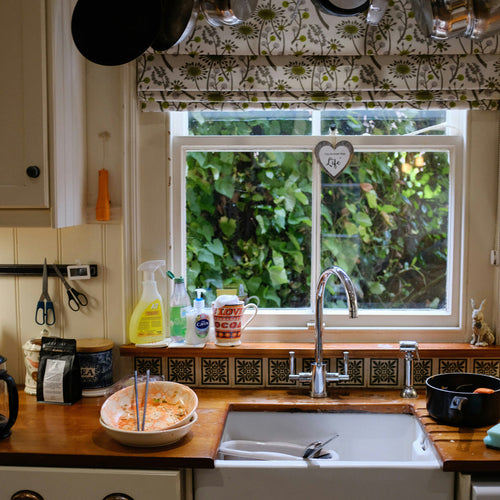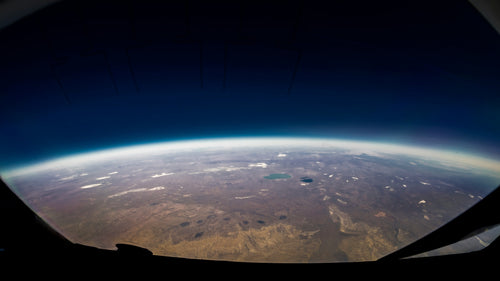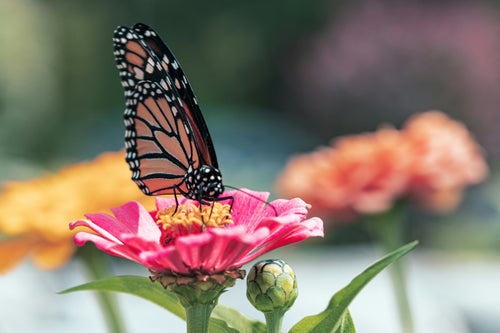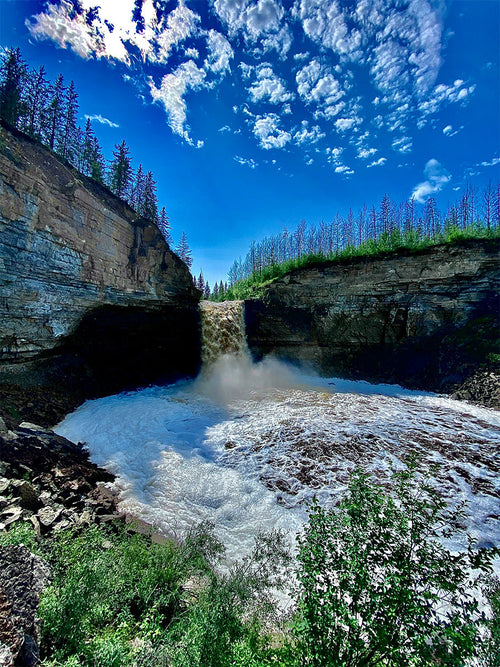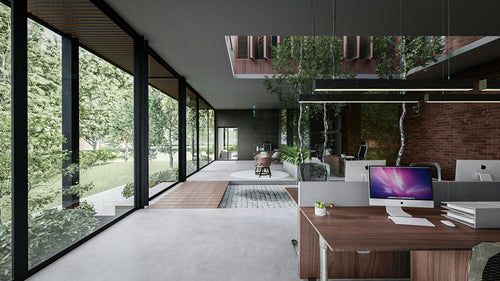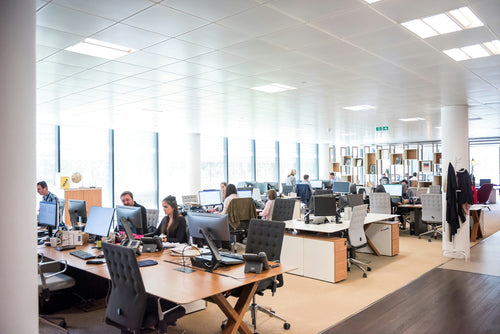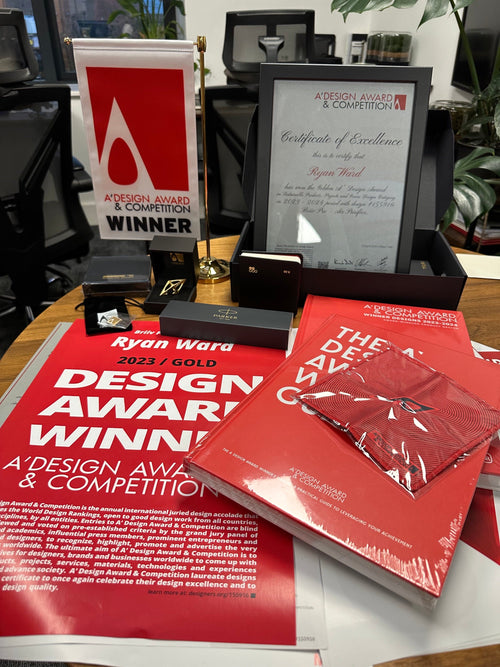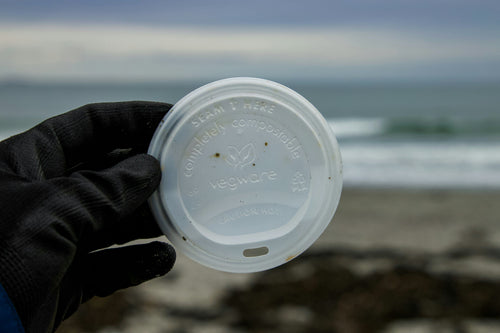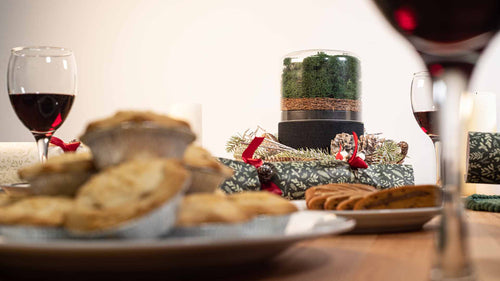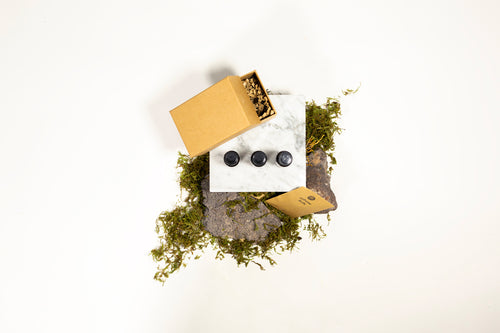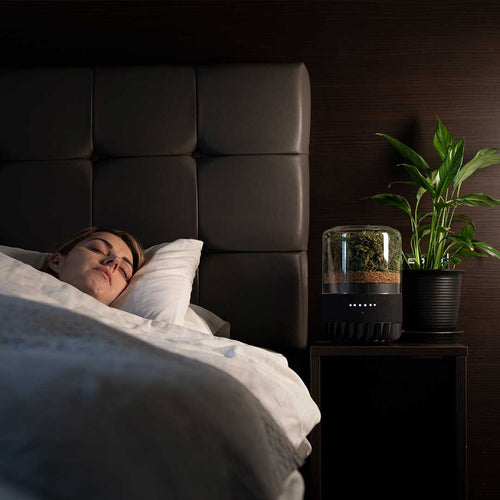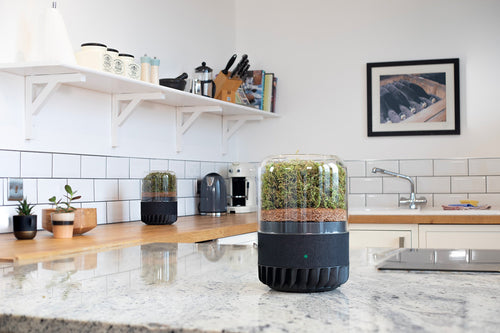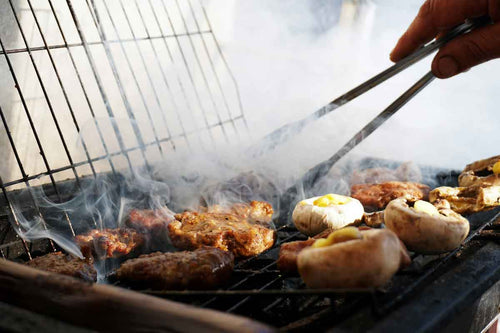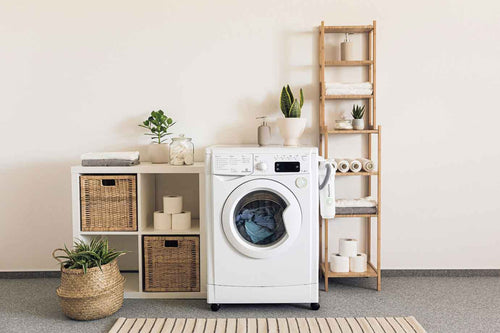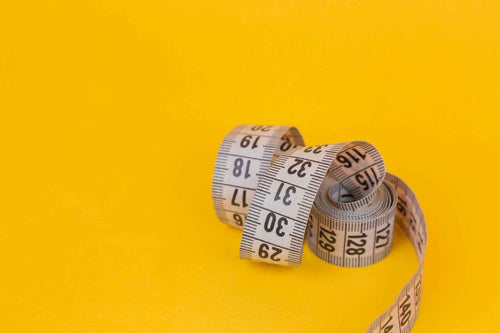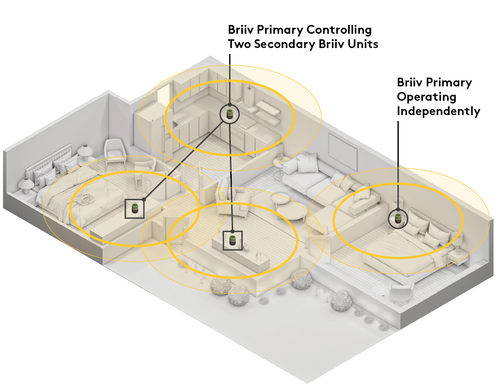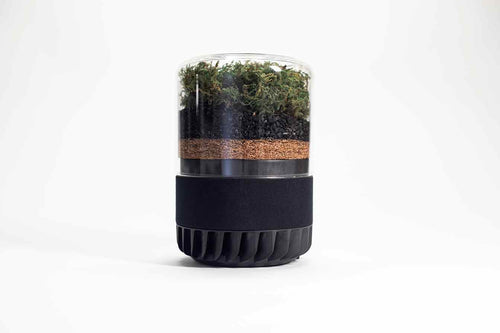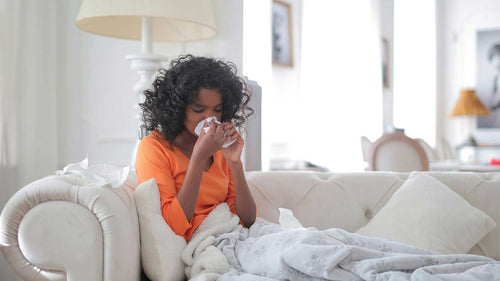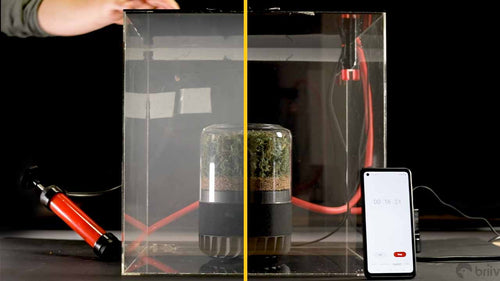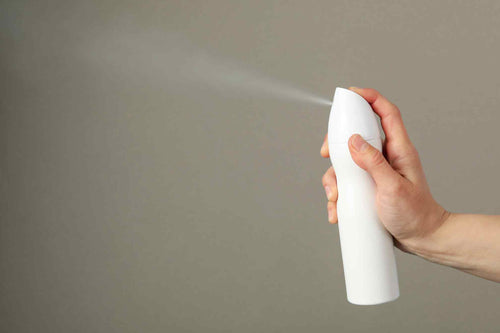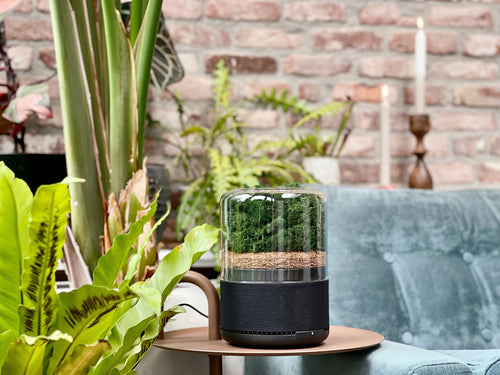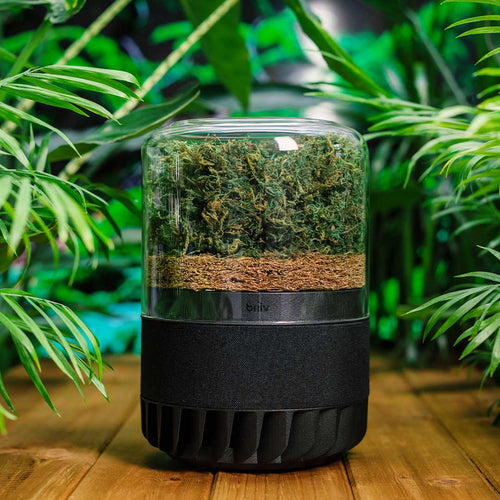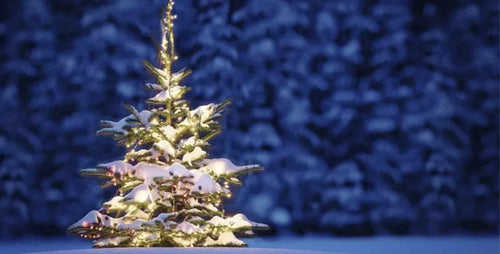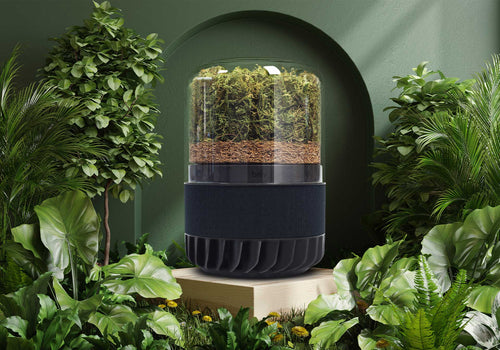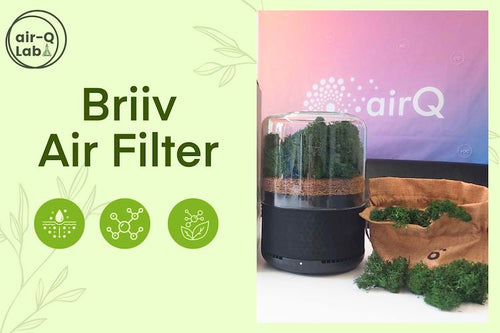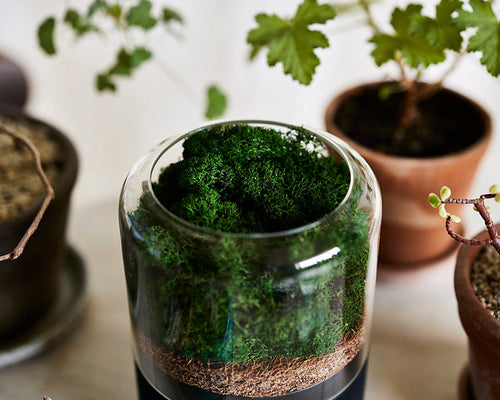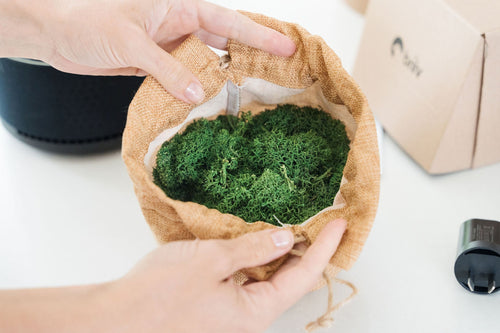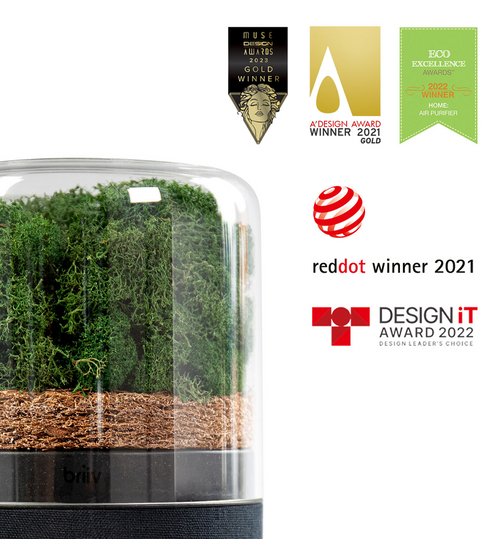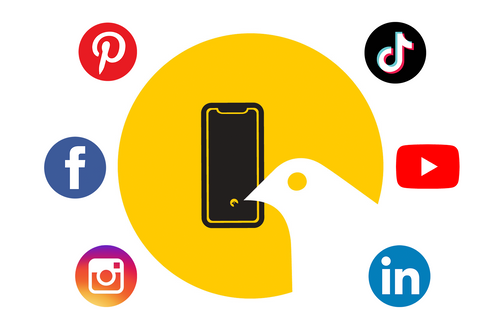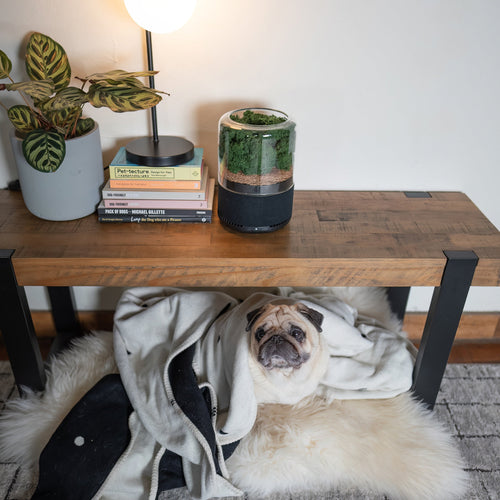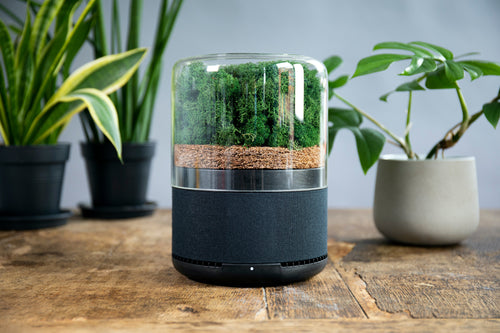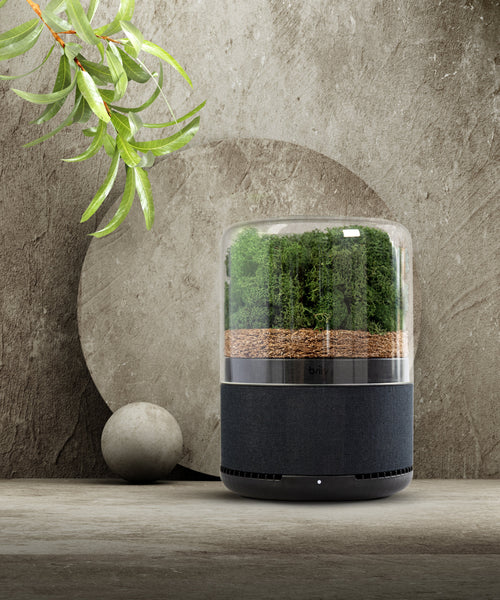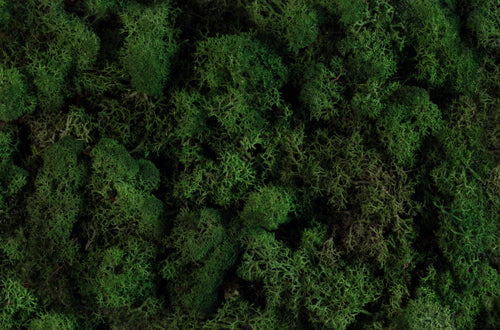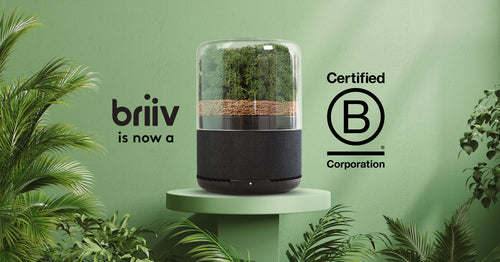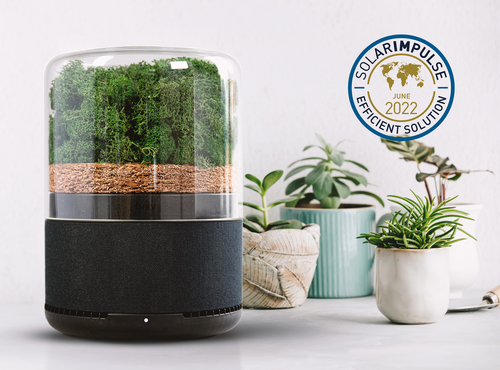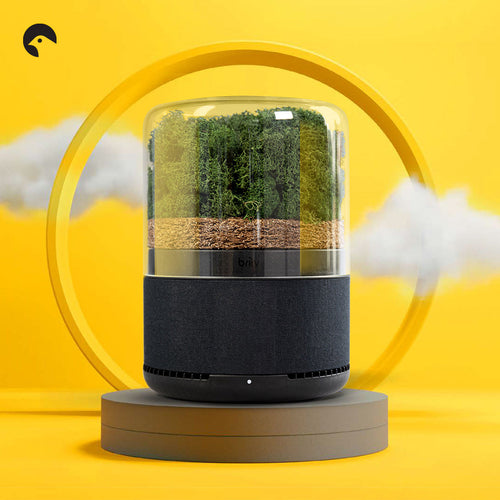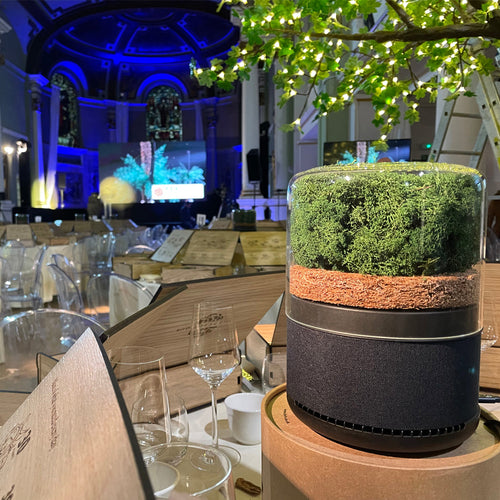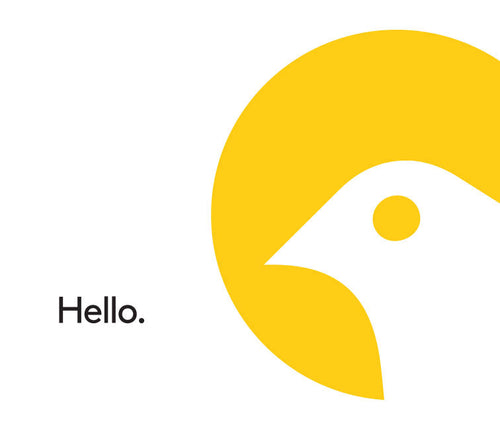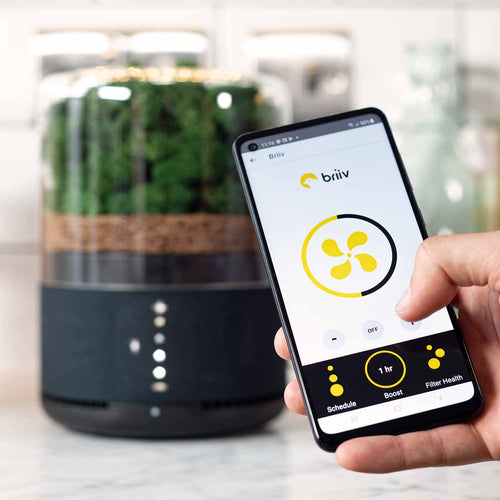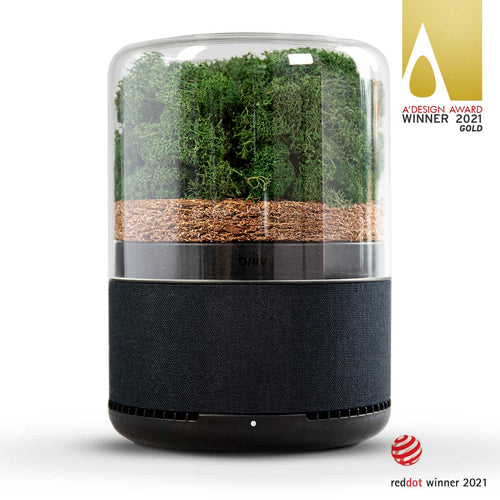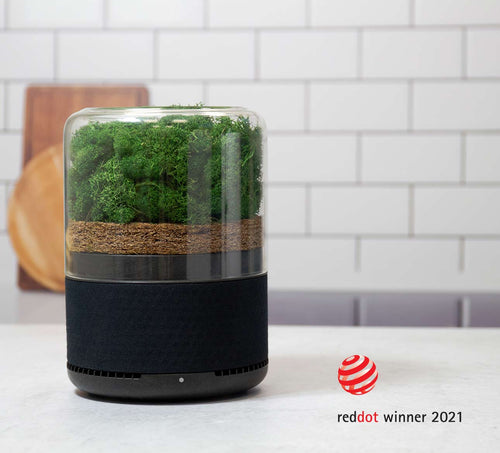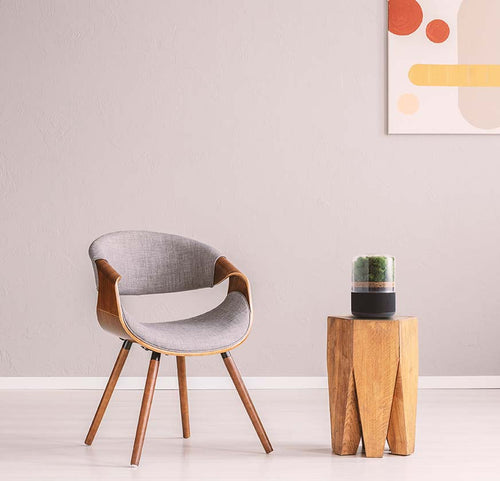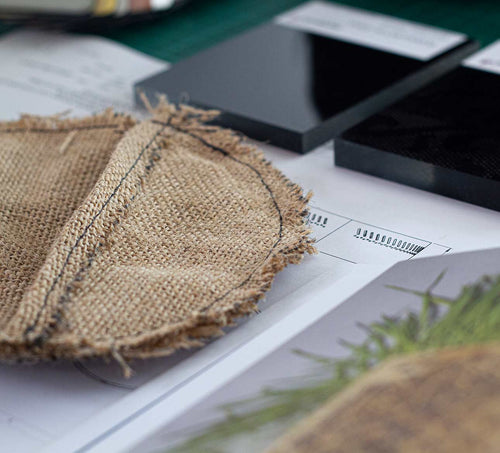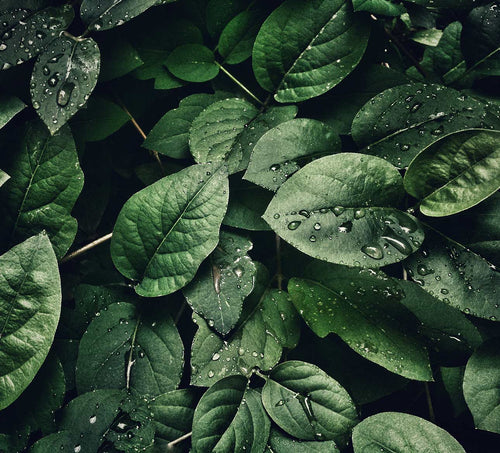
Embracing The Circular Economy and Designing Towards a Greener Planet: The Briiv Story So Far

Photo by Elena Mozhvilo on Unsplash
The world we live in is filled with infinite wonder and incredible beauty, but of course, since us humans have been around at least, it has become far from perfect.
The air we breathe can often be polluted and unsafe, much of the water in our rivers and oceans is teeming with plastic, and human society is producing more waste than ever before.
But wherever there is a problem in this world, there is also a solution!
At Briiv, we are absolutely determined to utilise cutting-edge design and innovation to develop as many ‘world-problem’ solutions as we can. And for us, this can only be possible by placing the circular economy and sustainability at the core of everything we do.

But before we get into all that, you might be asking, what exactly is the circular economy, and why do we think it’s so planet-savingly important!?
What is The Circular Economy, in a Nutshell?
To really understand what the circular economy is all about, it’s probably best to consider how our current economy, often referred to as ‘the linear economy’, generally operates.
The Linear Economy

Currently, we tend to make most of our goods and products from fresh or ‘virgin’ resources or materials. These virgin materials are extracted in vast swathes from our beautiful earth and are used to manufacture new products for people to buy. People then use these products for a while, and throw them away once they have served their purpose. And because many of today’s products are not designed to be easily recycled, or disposed of in a harmless manner, many of them eventually end up as planet-polluting waste.
This system of extracting virgin materials to make products that eventually end up as waste is basically what we call the linear economy, also known as the ‘take-make-waste’ approach to production and consumption.
When you really think about how the linear economy works, it doesn’t sound like such a great approach at all really does it? Well thankfully, there is another way!
The Circular Economy

The idea of the circular economy is basically to take this resource-extracting, waste-expanding linear model of production and consumption, and turn it into a circular model where resources are used as efficiently as possible, and waste is minimised or eliminated altogether.
This often involves initially manufacturing products from as much recycled material as possible, and trying to cut out the use of finite virgin materials from the beginning. Products then need to be designed for recyclability, so that after they have served their purpose, they can easily be broken back down into valuable raw materials. These raw materials can then be used again to produce new products, forming a circle of production that eliminates or greatly reduces waste, as well as our reliance on virgin materials to make products.
Another — we think better! — option is to manufacture products from renewable materials such as bio-plastics derived from plants/other natural materials where possible, and design them to be biodegradable or compostable. This method essentially forgoes the need to consider using finite materials at all, and also helps to eliminate harmful waste, as the products can simply decompose naturally once disposed of. The materials you use in this case are grown from the earth to make the product, and then return to the earth as the product decomposes after use; a more natural kind of circle, you might say!
Of course, when needed, both of these methods can be combined to create products from both recycled and renewable materials, with some parts that are recyclable, and other parts that are biodegradable.

And that, in a nutshell (maybe not quite in a nutshell!), is what the circular economy is all about. And there are many pressing reasons why we should all think about trying to embrace it!
Why is Embracing The Circular Economy So Important?
 A clear example of how extracting fresh resources can cause extreme damage to the environment. Just one of many reasons why embracing the circular economy is so important. Photo by Vlad Chețan from Pexels
A clear example of how extracting fresh resources can cause extreme damage to the environment. Just one of many reasons why embracing the circular economy is so important. Photo by Vlad Chețan from Pexels
Extracting Finite Raw Materials Causes Environmental Damage
Unfortunately, every time finite raw materials are extracted from the earth, all sorts of environmental damage occurs.
Soil degradation, water shortages, biodiversity loss, ecosystem damage, and excretion of greenhouse gas emissions are just some of the issues often caused by raw materials extraction.
This damage is often also coupled with shocking human rights violations, with local people being driven off their land, or suffering health issues from air pollution or contaminated drinking water.
Clearly this reality is not sustainable in any sense of the word, and needs to change, fast! Embracing the circular economy on a large scale can go a long way to diminishing our need to extract these finite raw materials.
The Waste Problem
On the other end of the production process, the widely used ‘take-make-waste’ model of today produces a whole lot of waste. This is clearly evident from the gargantuan piles of rubbish filling up the world’s landfills, to the humongous piles of plastic clogging up our oceans.
 Unsightly landfills and the ever-increasing amount of waste being created in the world is another reason why the circular economy is so important. Photo by Tom Fisk from Pexels
Unsightly landfills and the ever-increasing amount of waste being created in the world is another reason why the circular economy is so important. Photo by Tom Fisk from Pexels
By switching to a circular model of production and consumption, we can eradicate much of this dangerous waste, and hopefully give our planet back some of its clean natural beauty!
The Plastic Problem
Speaking of the plastic clogging up our oceans, we feel that plastic deserves a special mention here, and is a particularly dangerous material, for the following reasons:
- The plastic found in most modern products is derived from oil, which usually causes serious environmental damage when extracted from the earth.
- Plastic can take hundreds if not thousands of years to ‘decompose’.
- Even when plastic does ‘decompose’, all it does is break down into smaller and smaller pieces known as ‘microplastics’, which have already been found in the depths of the oceans, on the peaks of the highest mountains, and even within human cells!
For these reasons, we feel if it’s possible to avoid using plastic at all to make products, that should be done. And if plastic does need to be used, then at least products should be designed so that the plastic in them can be easily recycled again and again to make new products.

The Circular Economy Can Help Cut Our Emissions
It’s pretty common knowledge these days that we need to reduce our greenhouse gas emissions to help tackle climate change. Amazingly, embracing the circular economy can help with this too! As according to the European Environment Agency, and other researchers, transitioning towards a circular economy can substantially reduce greenhouse gas emissions across multiple sectors.
 Embracing the circular economy can also help us significantly reduce our greenhouse gas emissions. Maybe the skies will be a little brighter then? Photo by Chris LeBoutillier on Unsplash
Embracing the circular economy can also help us significantly reduce our greenhouse gas emissions. Maybe the skies will be a little brighter then? Photo by Chris LeBoutillier on Unsplash
So it’s possible that embracing the circular economy could allow us to leave finite resources in the ground, dramatically reduce the waste we produce, curb plastic pollution, and also cut down on emissions.
That is why at Briiv, we have decided to place the concept of ‘circularity’ at the core of everything we do.
Making ‘Circularity’ A Core Part of the Briiv Process
Briiv: Where Did We Come From?

Briiv was really launched out of necessity more than anything else; the necessity to create products that don’t destroy the environment!
After working for over 20 years in the commercial product design industry, our core design team of James Whitfield and Sean Sykes became disillusioned by the lack of innovation in sustainable technology, particularly in the area of home appliances.
Filled with a desire to spark a ‘sustainability revolution’ across multiple industries, they decided to form an organisation that places cutting edge eco-friendly materials and circular design at the forefront of the product creation process.
And so, Briiv was born! And because all of our founders have lived both in the countryside and the city, we have been blessed with a deep appreciation for nature, and also an understanding that the air in the countryside is a whole lot cleaner, and safer, than the air in the city.
It is this understanding that led us to develop our first product — the Briiv Air Filter — in a way that both embraces nature, and provides countryside quality air inside homes everywhere.
The Briiv Air Filter (Designed for The Circular Economy)

When we think about air pollution, it’s normal to picture visions of smog-filled city streets, factory smoke, and fume-pumping exhaust pipes. But while all these things happen outside, indoor air pollution can be just as dangerous for our health.
And though there are many air filters available on the market, the majority of these are mainly made from plastic, are difficult to recycle, and end up as waste. They are not designed with the circular economy and sustainability in mind!
At Briiv, we found it quite incredulous that the only way for people to achieve safe air quality in their homes, was to purchase products that cause damage to the environment. So after years of research and extensive efficiency testing, we have created the Briiv Air Filter; an air filter that provides clean air quality in your home, without costing the earth.
Here’s a look at the main features that make our air filter a truly circular option:
- Creates very little harmful waste: 90% of the Briiv Air Filter is either biodegradable or recyclable, meaning that the majority of the product can be easily disposed of safely once it comes to the end of its life. (The electronics that make the machine function and the nano-matrix filter are the only parts that are not biodegradable or readily recyclable at home, but if you have access to one, the electronic parts can be recycled at an e-waste recycling facility!)
- Plastic-free, biodegradable filters: The filters we use are almost entirely plastic free, and are derived from natural, renewable materials. These materials include Scandinavian moss, coconut fibres, and activated charcoal. The moss and coconut filters are both 100% biodegradable, so they don’t create any long-lasting waste once you’re done with them.
- Base made from biodegradable bioplastic: The base of the Briiv filter is made from bioplastic derived from elephant grass. This means the base is entirely comprised of a natural, renewable resource, and will fully degrade back into the soil in 2-3 years under natural conditions. (Unlike plastic which sticks around for hundreds and hundreds of years as we all know!).
- The cover of the Briiv filter is made from glass, which can easily be recycled over and over again, leaving no waste behind.
- We also use 100% recycled and recyclable packaging, meaning even the packaging has as little impact on the environment as possible!
 The Briiv Air Filter also comes safely delivered in 100% recycled and recyclable packaging, so even our packaging is designed with the circular economy in mind!
The Briiv Air Filter also comes safely delivered in 100% recycled and recyclable packaging, so even our packaging is designed with the circular economy in mind!
We feel we have done everything we can to make the Briiv Air Filter as environmentally friendly as possible. As well as building it almost entirely out of renewable or recyclable materials that produce very little waste, we have also designed it to stand the test of time, and we’re happy to offer repairs and replacement parts too.
The most important thing for us, is that we’ve managed to design the most sustainable air filter we possibly could.
And we don’t plan on stopping there.
The Future of Circular Design (The Briiv Mission!)

Raising the health issues involved with air pollution and helping to combat those issues, while also helping the environment, has been a major driving force behind Briiv. As we move into the future, we feel it is our mission to expand on this, and to design more products that make people’s lives better, whilst doing as little harm to the planet as possible.
That is why we are reinvesting the majority of our profits into research and development to tackle other urgent issues, and create new innovations that fully embrace the circular economy and circular design principles.
We may not be able to make the world perfect again, but by doing all we can to bring circular design into the future, we can move towards making it as close to perfect as possible.
This article was created by Adam Millett of Word Chameleon, in collaboration with Briiv.

